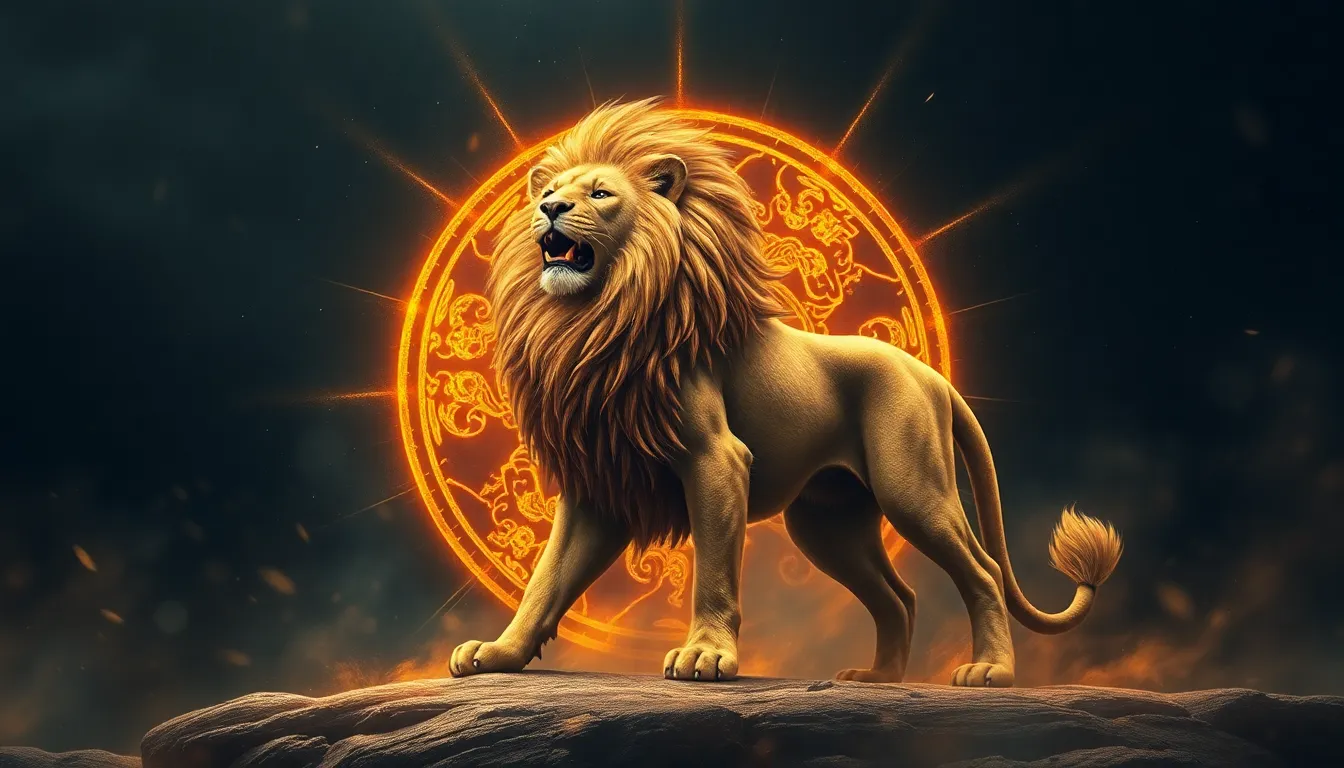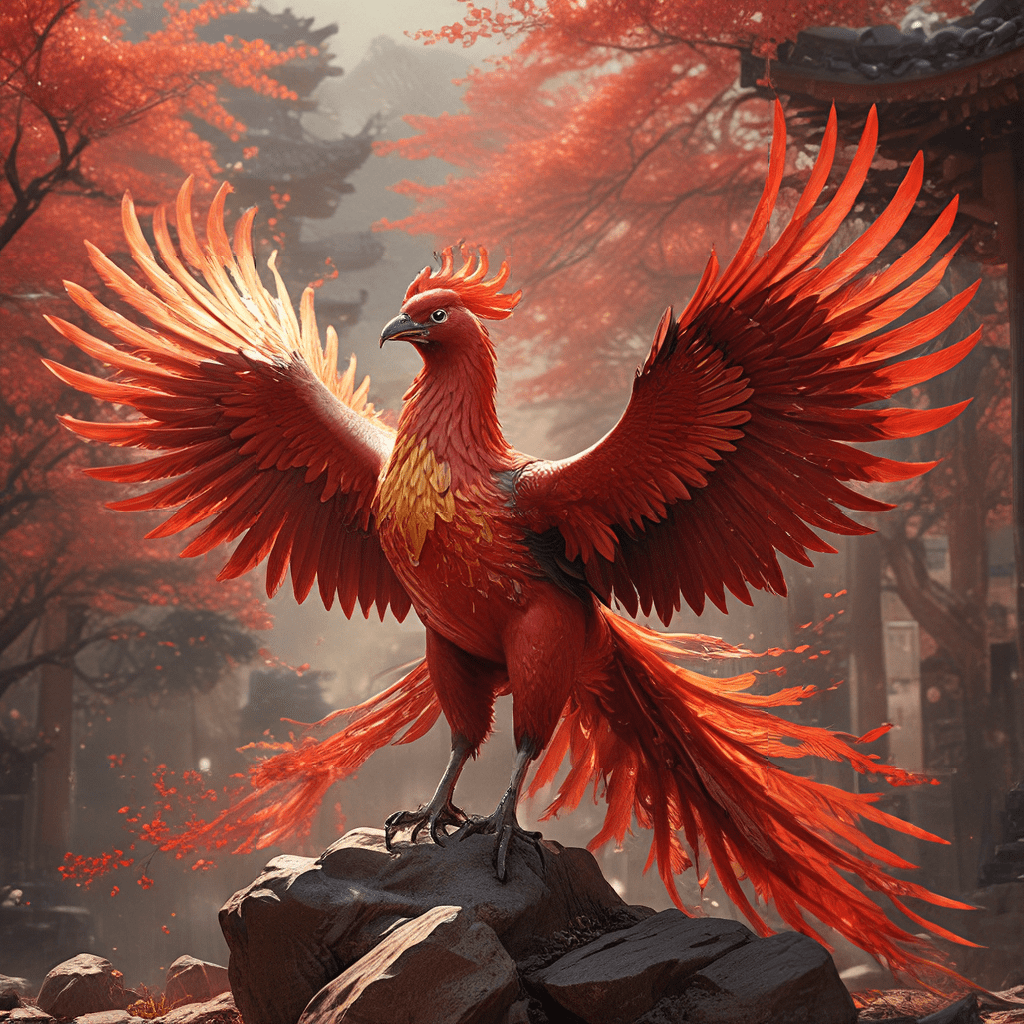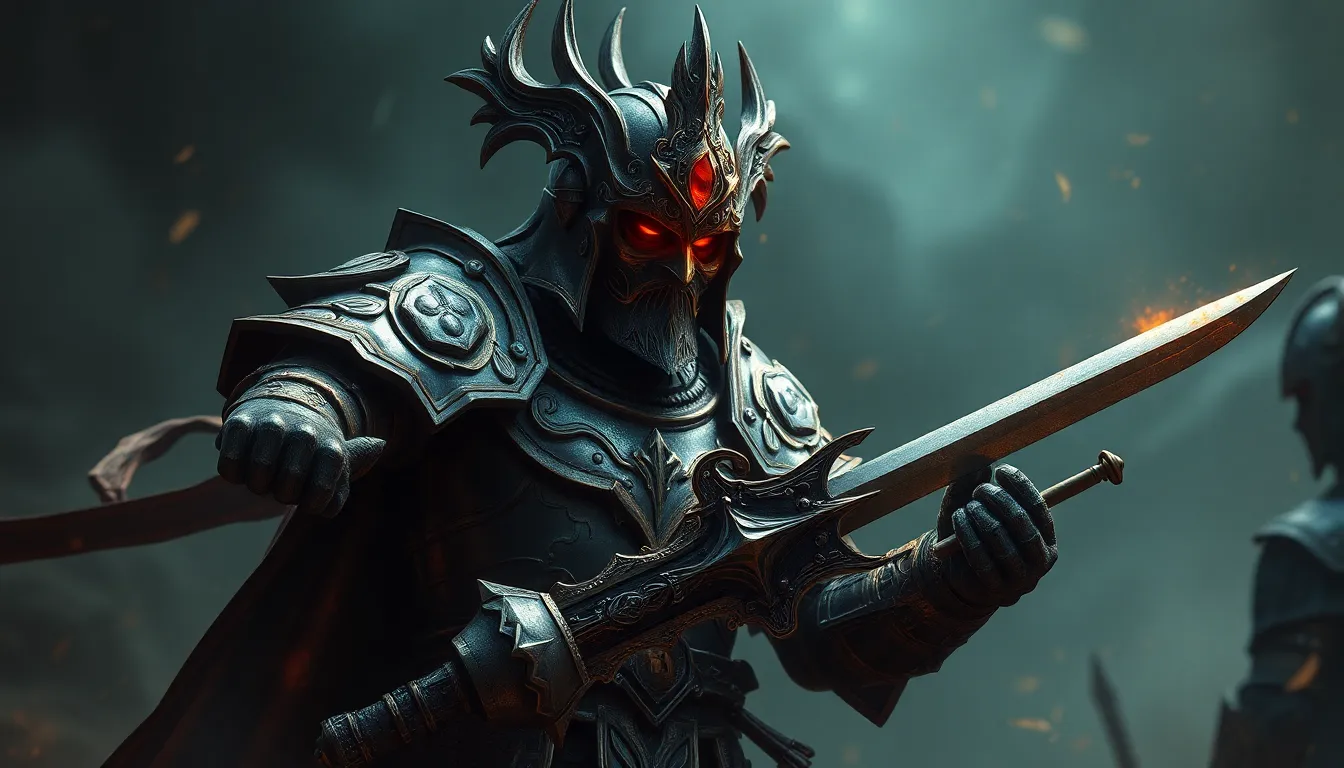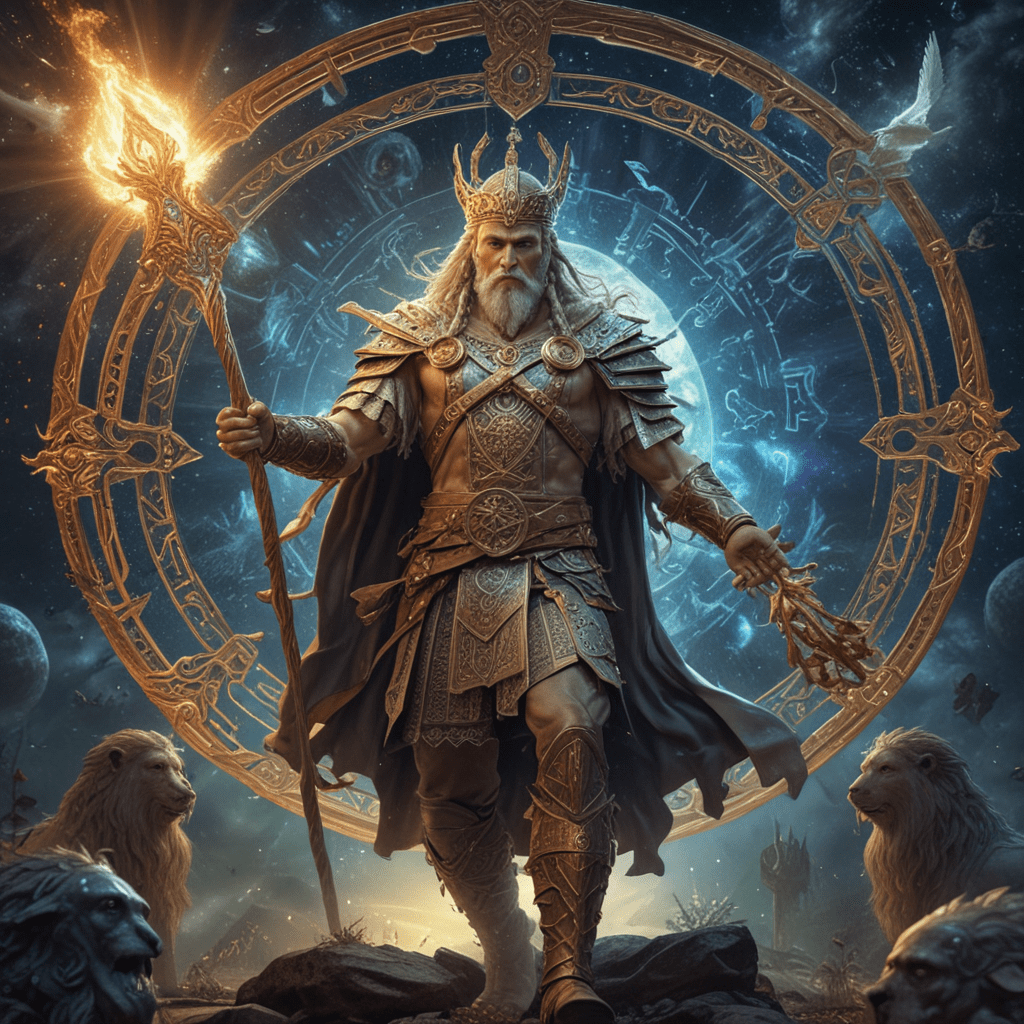The Symbolism of the Lion: King of Beasts in Mythology
I. Introduction
The lion, often referred to as the “King of Beasts,” holds a prominent position in various cultures around the world. Its majestic appearance, powerful presence, and social behavior have led to its representation as a symbol of strength, courage, and nobility throughout history. Understanding the symbolism of the lion across different cultures can provide valuable insights into the values and beliefs that shape those societies. Mythology plays a crucial role in this exploration, as it often encapsulates the ideals and morals of a culture through its stories and symbols.
II. Historical Significance of Lions in Human Culture
Lions have been depicted in art and literature since ancient times, reflecting their significant role in human culture. Their early representations can be traced back to various ancient civilizations.
A. Early depictions of lions in ancient civilizations
In ancient Mesopotamia, lions were often associated with deities and kings, symbolizing power and protection. The famous Ishtar Gate of Babylon features beautifully crafted lion reliefs that display the importance of this majestic creature. Similarly, in ancient Persia, the lion was a symbol of royalty and served as an emblem for the Persian Empire.
B. Role of lions in heraldry and royal symbolism
Lions have also played a significant role in heraldry, appearing on coats of arms and flags throughout Europe. They are often used to signify bravery, valor, and noble lineage. Notable examples include:
- The lion rampant in Scottish heraldry
- The English lion, which symbolizes courage and strength
- The lion of the Netherlands, representing the Dutch royal family
III. The Lion in Ancient Egyptian Mythology
In ancient Egyptian mythology, the lion was revered as a powerful symbol of strength and protection.
A. The goddess Sekhmet and her lioness form
One of the most prominent lion figures in Egyptian mythology is Sekhmet, the lioness goddess of war and healing. She embodied the fierce and protective aspects of the lion, often depicted with a lion’s head and a woman’s body.
B. Symbolism of strength, protection, and war
As a warrior goddess, Sekhmet was believed to protect the pharaohs in battle, symbolizing the strength and ferocity of the lion. Her dual nature also represented the balance between destruction and healing, showcasing the complexity of the lion’s symbolism.
IV. The Lion in Greco-Roman Mythology
The lion features prominently in Greco-Roman mythology, often symbolizing power and nobility.
A. The Nemean Lion and its significance in Heracles’ labors
In Greek mythology, the Nemean Lion was a fearsome beast that was impossible to kill. It was ultimately slain by Heracles (Hercules) as the first of his twelve labors. This myth highlights the lion’s strength and the heroic qualities associated with overcoming such a formidable opponent.
B. The lion as a symbol of power and nobility in Greek and Roman culture
In addition to its role in myths, the lion was used in sculptures and architecture to signify authority and nobility, often seen in the form of statues guarding temples and public spaces.
V. The Lion in Asian Mythology
Lions are also significant in Asian cultures, particularly in Hinduism and Buddhism.
A. The significance of lions in Hinduism and Buddhism
In Hinduism, the lion is associated with the goddess Durga, who rides a lion into battle against evil forces. This imagery symbolizes courage and the triumph of good over evil. In Buddhism, the lion represents the Buddha’s teachings and is often depicted in statues and artworks.
B. The lion as a guardian figure in Chinese culture (e.g., Fu lions)
In Chinese culture, the Fu lion (or stone lion) is a guardian figure often placed at the entrance of buildings to ward off evil spirits, symbolizing protection and strength.
VI. The Lion in African Mythology
The lion holds a place of honor in many African cultures, often symbolizing leadership and courage.
A. The lion as a symbol of leadership and courage in various African tribes
In several African tribes, the lion is seen as the king of animals and a symbol of bravery. Its roar is associated with the voice of authority, and its presence is revered in leadership contexts.
B. Folklore and stories that highlight the lion’s attributes
African folklore is rich with stories that showcase the lion’s attributes, such as its strength and cunning. These tales often serve to teach moral lessons and illustrate the lion’s role in the natural order.
VII. The Lion in Medieval and Renaissance Symbolism
During the Medieval and Renaissance periods, the lion continued to be a powerful symbol in art and literature.
A. The lion in Christian iconography
In Christian iconography, the lion represents Christ, symbolizing resurrection and strength. It is often depicted in religious art alongside other symbols of the faith.
B. Artistic representations of lions and their meanings
Lions were frequently featured in paintings, sculptures, and tapestries, symbolizing nobility, courage, and the divine right of kings.
VIII. The Lion in Modern Symbolism
In contemporary culture, the lion remains a powerful symbol across various mediums.
A. The lion in contemporary media and literature
From children’s stories like “The Lion, the Witch and the Wardrobe” to films like “The Lion King,” the lion continues to resonate as a symbol of bravery, leadership, and sacrifice.
B. The lion as a national symbol (e.g., England, Netherlands)
Many countries use the lion as a national symbol. In England, the lion represents courage and strength, while in the Netherlands, it symbolizes the Dutch royal family and their authority.
IX. Comparative Analysis of Lion Symbolism Across Cultures
The symbolism of the lion transcends cultures, but common themes emerge.
A. Common themes and divergent interpretations
Across cultures, the lion is often associated with:
- Strength and bravery
- Leadership and authority
- Protection and guardianship
However, different cultures may interpret these traits in unique ways, reflecting their own values and beliefs.
B. The lion as a universal symbol of strength and authority
Despite the variations, the lion consistently represents strength and authority, making it a universal symbol across the globe.
X. Conclusion
The lion’s multifaceted symbolism in mythology reveals much about human culture and shared values. From its role in ancient civilizations to its representation in modern media, the lion has maintained its status as the “King of Beasts.” Its enduring legacy continues to inspire awe and respect, reminding us of the fundamental qualities of strength, courage, and leadership that societies strive to embody.



